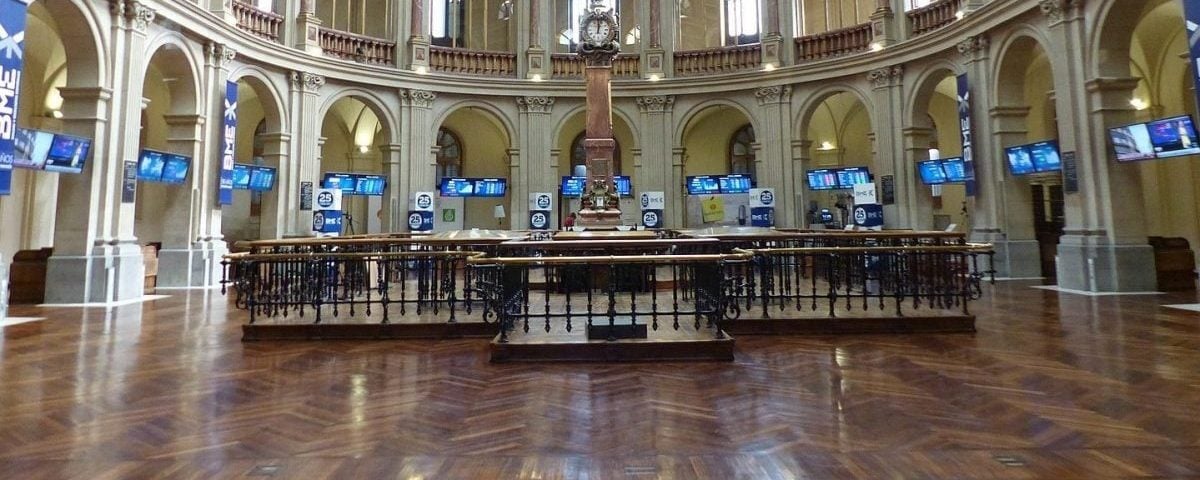
This January, the IBEX 35 is celebrating a milestone. The Index is turning 30, three decades full of stories featuring the more than 100 companies that have appeared on its lists and shaped the evolution of the Spanish economy.
This date is therefore a great opportunity to look back at the history of the IBEX 35, from its creation in 1992 to today.
The mirror of the Spanish economy
The IBEX 35 is the leading stock index for the Spanish stock market. What is a stock index, anyway? It’s an indicator of the values of companies that gives a general overview of where the market’s at. These indices are used as references to see the evolution of various stock markets. The most significant ones are the Dow Jones index (from the United States), the Eurostoxx 50 (from Europe), and the Nikkei (from Japan).
The name of the main index in the Spanish market, the IBEX 35, is an acronym for Iberia Index. The number 35 refers to the number of companies on this list; these have the highest liquidity and capitalization of those listed on the Spanish Stock Market Interconnection System (SIBE). It’s comprised of the four Spanish stock exchanges. The IBEX 35 is prepared by the operator Bolsas y Mercados Españoles (BME).
The companies added to or taken off the index are determined twice a year, on January 1 and July 1. A Technical Advisory Committee is in charge of assessing what conditions the 35 IBEX companies must meet and reviewing which ones meet them.
Thus, the IBEX 35 serves to monitor these companies and thus show the evolution of the stock market. Over the last 30 years, it has been a faithful reflection of what’s going on in the Spanish economy.
A brief history of the IBEX 35
The IBEX 35 was created on January 14, 1992, right at the beginning of the year when the Olympic Games were held in Barcelona, the Seville Expo took place, and the AVE was launched in Spain.
Over the course of these three decades, more than a hundred companies have been part of this benchmark. The first IBEX included names like Tabacalera, Endesa, Compañías Española de Petróleos (Cepsa), and Central Hispano. Ten of the companies originally listed still appear today. Only six have stayed on it continuously: Telefónica, Iberdrola, Endesa, Repsol, BBVA, and Santander.
Many others have fallen off the ranking, some have merged, and others ended up disappearing over the years. The list currently has new names, as well. These are the ten companies that lead the IBEX 35 in terms of capitalization today:
- Inditex
- Iberdrola
- Banco Santander
- Cellnex Telecom
- BBVA
- ArcelorMittal
- Amadeus IT Group
- Naturgy
- Endesa
- AENA
Ferrovial on the IBEX 35
Currently, Ferrovial is in twelfth place on the IBEX 35, and it has been on the list since July 1, 1999. However, its history has actually always been linked to the index: the first list in 1992 included construction-related companies like Agroman, which was later acquired by Ferrovial.
Beyond the 35: the importance of FTSE4Good
While the IBEX 35 is often in the headlines and the main stock market analyses, there are actually many other indices linked to the BME. One of them is the FTSE4Good IBEX, which has brought together the leading Spanish companies in terms of sustainability since 2008. Ferrovial is one of the firms on this index.
The criteria considered for creating this list are aligned with the UN’s Sustainable Development Goals. Additionally, to be included among the FTSE4Good businesses, companies must have an overall ESG (Environmental, Social, and Corporate Governance) rating of at least 3.1 out of 5.
FTSE4Good helps investors identify companies that aren’t involved in polluting activities, such as those related to fossil fuels, or those with low social commitment, like those involved in arms sales or tobacco production.




There are no comments yet